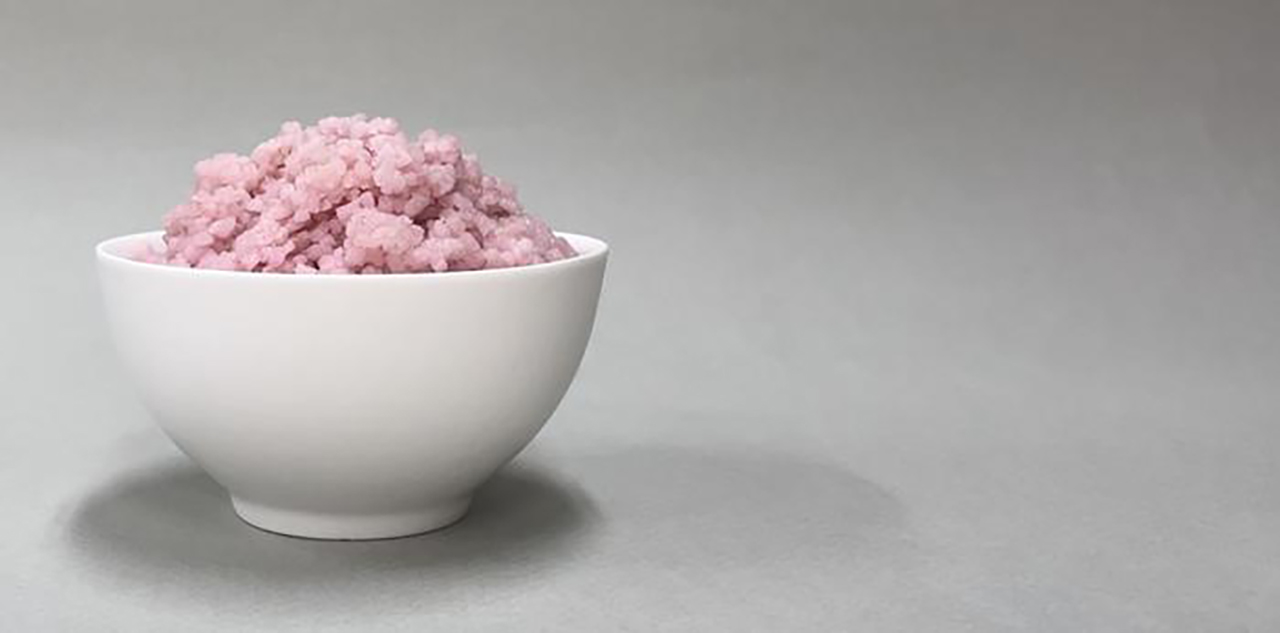One day, you could find rice infused with animal cells on your dinner plate. While it might sound disgusting when put that way, researchers who created new beef-infused rice say that using cow cells allowed them to create a dish richer in flavor and protein than regular rice.
The hope is that a creation like this could be a boon for countries where cheaper but more filling foods are needed. The researchers say they could also see it being used outside the confines of our planet, perhaps on future space missions, like NASA’s Artemis missions or the fabled manned mission to Mars.
Of course, there’s a long way to go before this special beef-infused rice is making its way to anyone’s table. But the possibility is there, and that’s what spurs the researchers forward.
“Imagine obtaining all the nutrients we need from cell-cultured protein rice,” the study’s first author, Sohyeon Park, stated in a press release. “Rice already has a high nutrient level, but adding cells from livestock can further boost it.”

A paper on the creation of beef-infused rice, as well as the findings that the researchers made in regards to its nutritional value, can be found in the latest issue of Matter.
But how exactly did the researchers create this special rice using cow cells? First, they coated the rice with fish gelatin, which helps cells latch onto the rice better. Then, they seeded cow muscle and fat stem cells into the rice and let it culture in a petri dish for nine to 11 days.
At the end of the culture period, the researchers harvested the cell-cultured beef-infused rice and tested it to see how it would hold up against regular rice. The results showed that the hybrid rice had eight percent more protein and seven percent more fat than bare rice.
The rice was also firmer and more brittle than regular rice. One reason that this method could be useful for feeding countries where food is scarce is that it would provide more protein without relying on access to livestock. Because we receive much of our protein intake from livestock, using cow cells to create the rice allows us to bypass the need for access to livestock for everyone.
It’s not a perfect solution by any means, but it is an intriguing creation that could help with future global food shortages, and that’s always a plus.

